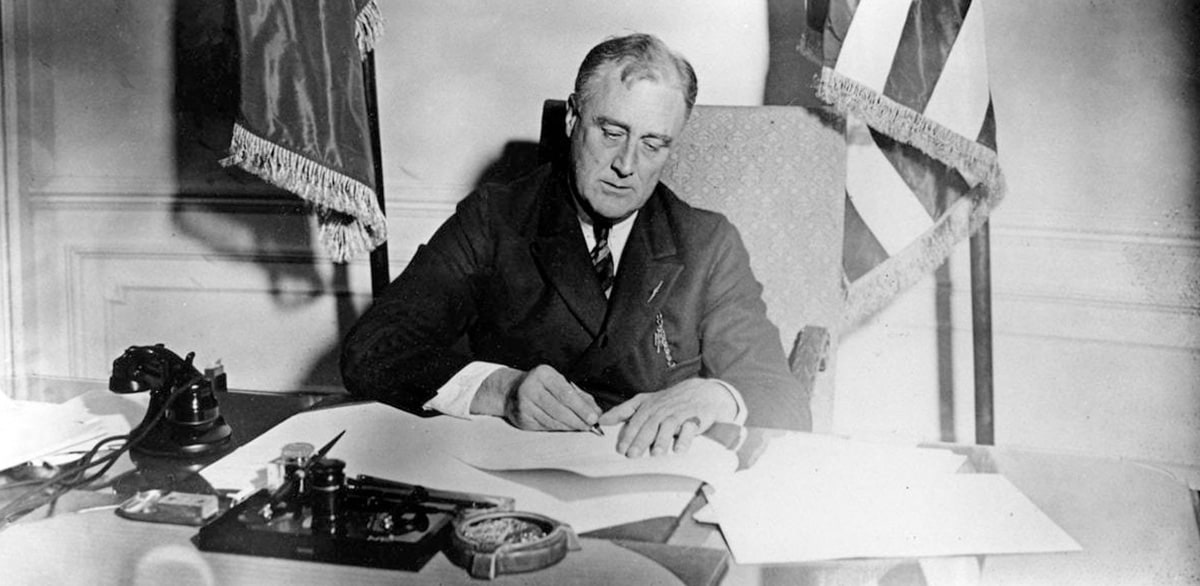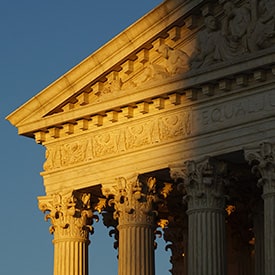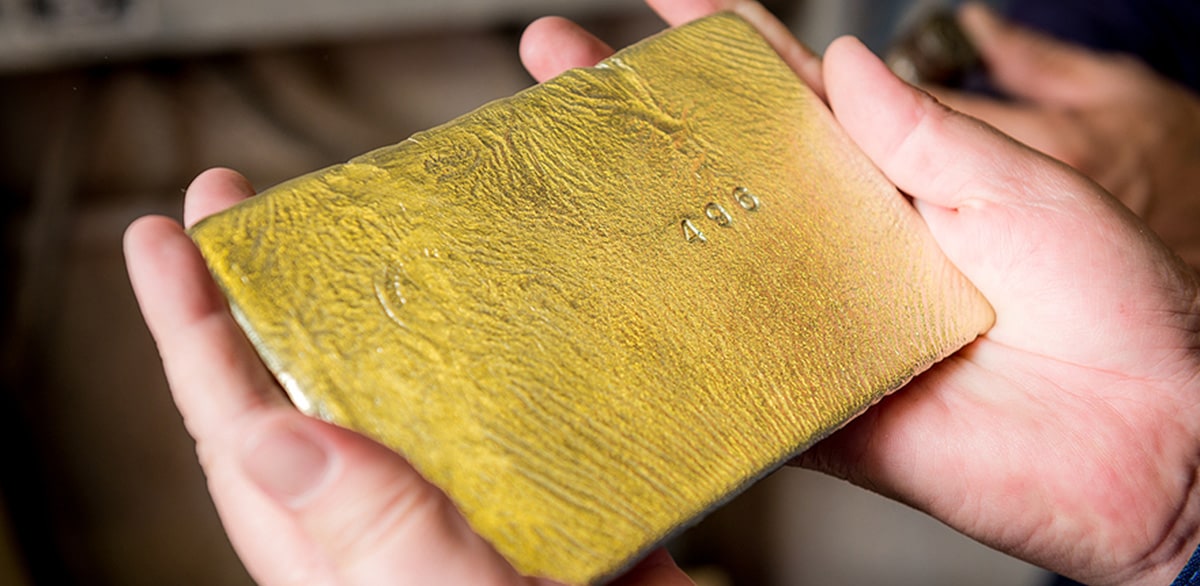
The signing of Executive Order 6102 in 1933 marked one of the most controversial and infamous moves by then-President Franklin D. Roosevelt. When the order took effect, it required all Americans to turn in their gold coins, gold bars and bullion to a bank in exchange for cash.
This sweeping unilateral act was unprecedented in the 1930s and its impact can still be felt today, leaving many to wonder if history might just repeat itself once again.
What Was the Purpose of Executive Order 6102?
When you look at President Roosevelt’s motivation for issuing Executive Order 6102, it helps to consider the state of the American economy in the early 1930s. The depression was impacting millions of Americans and Roosevelt believed that private citizens were “hoarding” gold and contributing to economic stagnation.
To help the country claw its way out of the depression, Roosevelt’s administration believed increasing the supply of money would get Americans spending again and kickstart the struggling economy. The President’s dilemma was that America was still tied to the Gold Standard, so 40% of the value of paper currency in circulation would have to be backed by gold. [1] If the U.S. wanted to print more money, the government would need an influx of gold.
Executive Order 6102 (read full text here) would provide that influx of gold by going after the private holdings of U.S. citizens. [1] When the executive order took effect, it required all Americans to turn over all but a small amount of gold coins, gold bullion bars and certificates to the U.S. government in exchange for the cash value, which was $20.67 per troy ounce at the time. [1]
The order exempted gold used for commercial purposes, like jewelry, dentistry and art. There was also a provision allowing people to keep up to $100 in gold coins and coins “having special recognized value to collectors.” [2]
Aside from a few small exemptions, Americans were now faced with having to turn over mass quantities of gold to fill the coffers of the United States government.
Why Was Executive Order 6102 Controversial?
On its face, the executive order was controversial because it forced American citizens to turn over their gold. Most Americans did so willingly, considering it part of their patriotic duty. What happened next was the most controversial aspect of Executive Order 6102.
Shortly after the United States took possession of Americans’ gold in mass quantities, the Gold Reserve Act was passed, which instantly raised the value of gold from just over $20 per ounce to $35 an ounce. That means everyone who was forced to sell their gold to the government lost over $14 per ounce, an equivalent of over $300 per ounce today.
Another controversial aspect of the executive order was how harsh the penalties could be for “hoarding” gold. People faced fines of $10,000, up to ten years in prison or both if convicted. Imagine being forced to spend 10 years in prison for not turning over gold that was rightfully yours to begin with. [2]
There was also controversy surrounding the pretenses for issuing Executive Order 6102. Roosevelt’s administration issued the order under the Trading With The Enemy Act of 1917, a wartime statute that had not been repealed. It was intended to keep Americans from trading with the enemy during wartime, but provided legal cover for Roosevelt to confiscate gold due to a clause that allowed Roosevelt to classify the economic crisis as a national emergency.
Was Executive Order 6102 Unconstitutional?

Many people believed the order was unconstitutional because it gave the government unprecedented power to force Americans to turn over their currency, then use the power of the treasury and Congress to increase the value of gold substantially.
Despite appearing criminal at worst and unconstitutional at best, Executive Order 6102 held firm. It wasn’t without its challengers. Several cases questioning the legality of the order made it all the way to the Supreme Court, but the justices always sided with the government. It was a narrow victory, with four justices dissenting.
When Was Executive Order 6102 Repealed?
Executive Order 6102 essentially criminalized the private ownership of gold in the United States for decades. It wasn’t until 1974 that President Gerald Ford signed a bill allowing Americans to once again “purchase, hold and sell” gold. This essentially repealed Executive Order 6102.
Will the Government Try to Confiscate Gold Again?

Most experts agree that it seems highly unlikely that the government would move to seize bullion again. The motivations Roosevelt had back in the 1930s simply don’t exist anymore. The country is no longer on a gold standard so the government doesn’t need to seize gold to print money.
However, history has shown that citizens should expect desperate measures when times get tough. Just how much will the value of the dollar have to plummet before the government turns its eye toward gold once again? While it may be unlikely that the United States will come after your gold bullion, it isn’t impossible.
Out of control spending, historic national debt and rampant inflation should serve as an early warning sign for anyone investing in precious metals. Yet this situation shouldn’t frighten you, but inspire you to prepare by taking the right steps to ensure your gold is protected.
Remember that in 1933, there were exemptions to Executive Order 6102 protecting collectable and rare coins from seizure. Today, we call those numismatic coins. If the government does decide to seize gold again, they won’t want to go after numismatic coins, or investment grade coins, because it’s much easier and efficient to focus on bullion.
Bullion values are based on weight. The numismatic coin market is much more complex with coins being worth well above their weight in cold. The government simply would not take on the task of trying to evaluate millions of individual coins when they can focus on the multi-trillion dollar bullion market.
While another mass confiscation of gold has seemed unlikely for decades, there’s no doubt that today’s economic turmoil is pointing toward some dark times ahead for the dollar. Diversifying your precious metals holdings to include numismatic coins might just be the right move to safeguard your investment if the government once again decides to start confiscating gold.
Learn more about the history of Gold Confiscation by watching Scottsdale Bullion & Coin’s report, Gold Confiscation: A Timeline of Events



